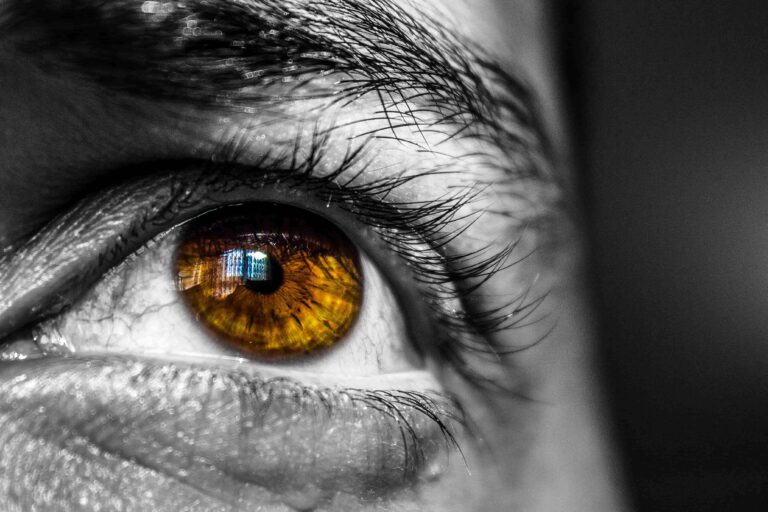UC Davis Study Reveals How Psychedelics Can Ease Anxiety Without Hallucinations
Researchers at the University of California, Davis (UC Davis) have found a way to use psychedelic drugs to ease anxiety without causing the intense hallucinatory experiences often associated with them. This study, led by Jessie Muir, helps us understand how these drugs work and could lead to new treatments for anxiety and other mental health issues.
The Experiment
The team used a psychedelic compound called DOI (2,5-Dimethoxy-4-iodophenethylamine) on mice. DOI is similar to other psychedelic drugs like psilocybin and DMT, which can cause hallucinations.
What They Observed
Six hours after giving the mice DOI, the researchers noticed that the animals were twitching their heads, a sign of a hallucinatory-like state. However, the mice also showed reduced anxiety, indicating that the drug’s calming effects weren’t tied to the hallucinations.
Identifying Key Neurons
The researchers focused on a part of the brain called the medial prefrontal cortex (mPFC), which is involved in mood regulation. They found that specific neurons in this area were active when the mice were under the influence of DOI.
Stimulating Neurons
To see if these specific neurons were responsible for the anti-anxiety effects, the team used a technique called optogenetics. This involves using light to control the activity of neurons that have been modified to respond to light.
The Results
The researchers stimulated these neurons in mice that were no longer under the influence of DOI. The mice showed fewer anxiety-like behaviors compared to control mice. Importantly, the stimulated mice did not twitch their heads, meaning they didn’t experience hallucinations.
What This Means
This study is important for a few reasons:
- Separating Benefits from Side Effects: The findings suggest that the intense hallucinations caused by psychedelic drugs might not be necessary for their therapeutic benefits. This could lead to new treatments for anxiety and depression that provide the benefits without the hallucinations.
- Understanding How Psychedelics Work: By identifying the specific neurons involved, researchers can better understand how these drugs work and potentially develop more targeted therapies.
Future Steps
This research opens up new possibilities for further studies. Future work could explore whether similar techniques can be applied to other mental health conditions, such as PTSD and addiction. Researchers might also refine the methods used to stimulate these neurons to make treatments more precise and effective.
Conclusion
The study by Jessie Muir and her team at UC Davis is a significant step forward in psychedelic research. By separating the therapeutic benefits of psychedelics from their hallucinatory effects, they are paving the way for new, targeted treatments for anxiety and other mental health disorders.






